InSight on Mars
November 30, 2018
The Mirror reporter
November 26, 1:51 p.m. the control room is silent; the National Aeronautics and Space Administration’s (NASA) Jet Propulsion Lab (JPL) team is waiting for the new lander, InSight, to land on Mars. 1:52:59 p.m. “Touchdown confirmed” came over the speakers, InSight is now ready for its two-year mission.
InSight’s first task after landing was to unfold the onboard solar panels. Once it has enough energy, the real mission begins.
InSight’s task is to study the interior of Mars. To do this the JPL has onboard equipment designed to read the tectonic movements of the planet. Because InSight is a lander, not a rover, it does not move, making it easier to get useful data from the same location.
Another task of InSight is to record the planet’s “vital signs.” Which are its temperature, heat flow, pulse, seismology, reflexes, and precision tracking.
The results from these tests will help people understand how Mars formed and predict how Earth, Venus, and Mercury formed.
There are a total of 11 landers on Mars, but only four of the landers became active. Some crashed on impact or others had mechanical problems. Just the new InSight lander is operational.
The longest a lander has been operational is 2,245 sols or about six earth years. InSight’s mission is supposed to last for two years.
So far all systems are operational and InSight is ready to start its mission.

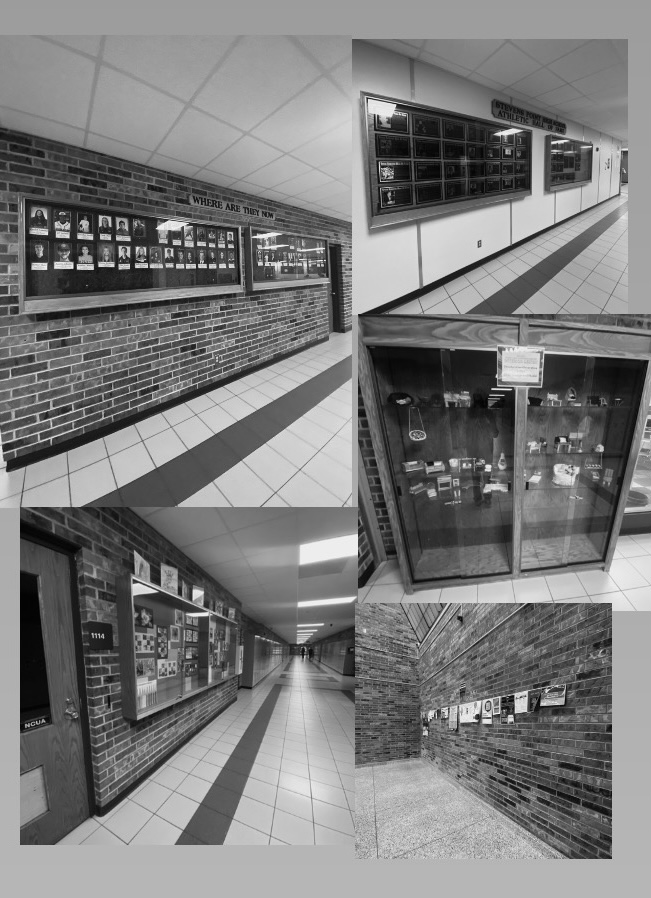

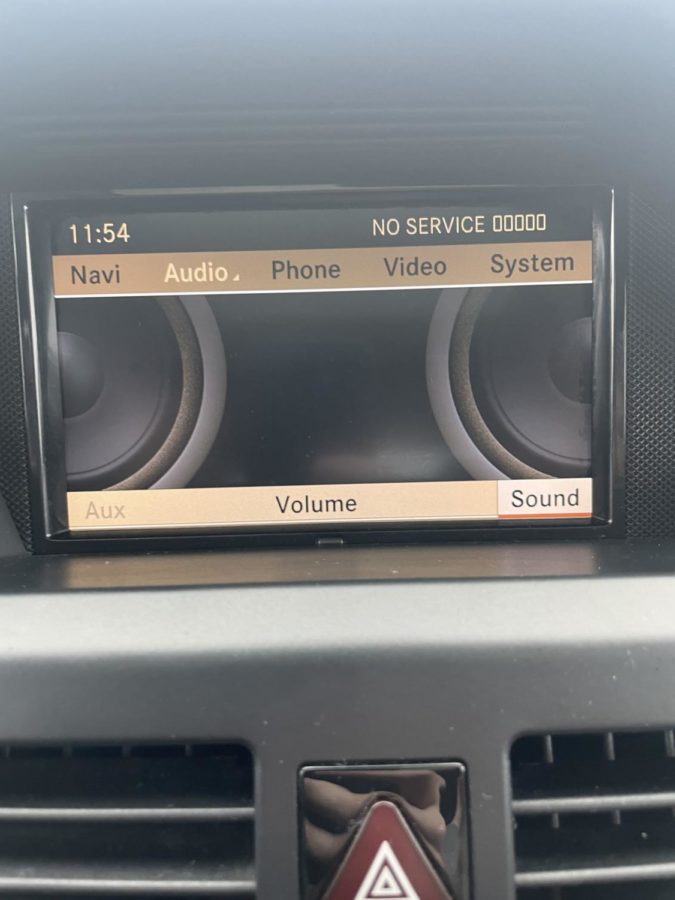
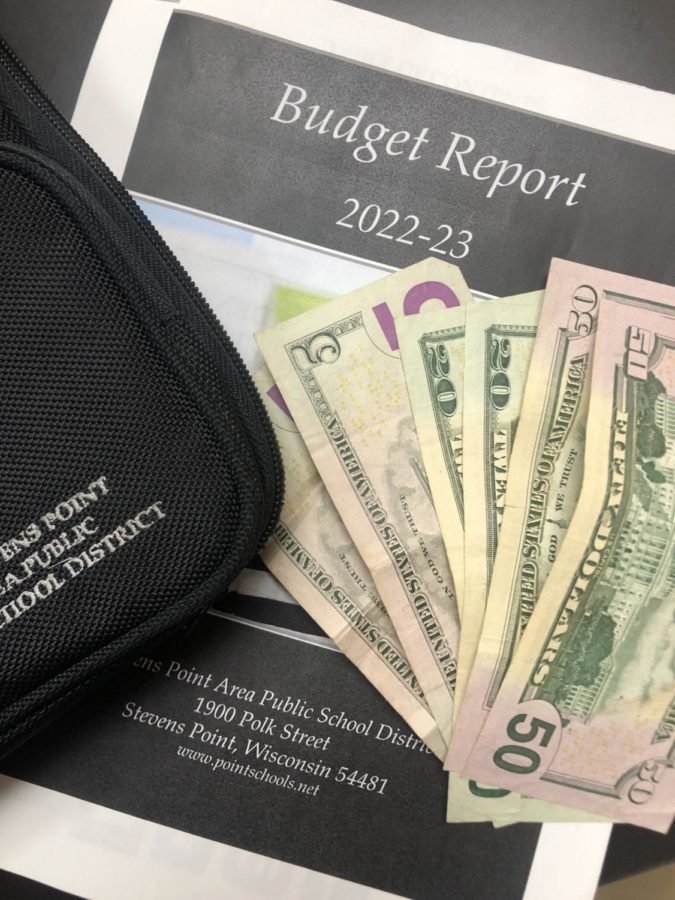
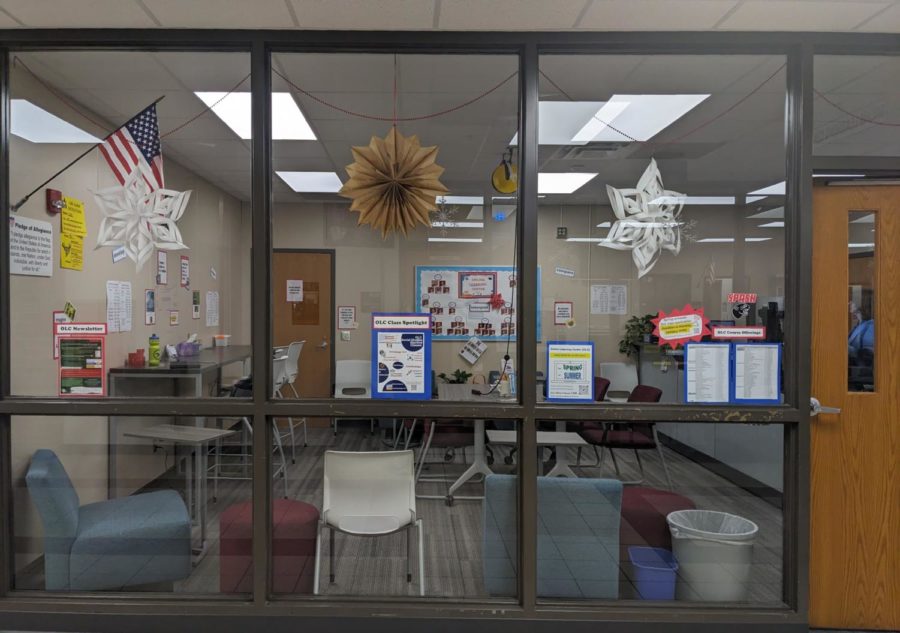
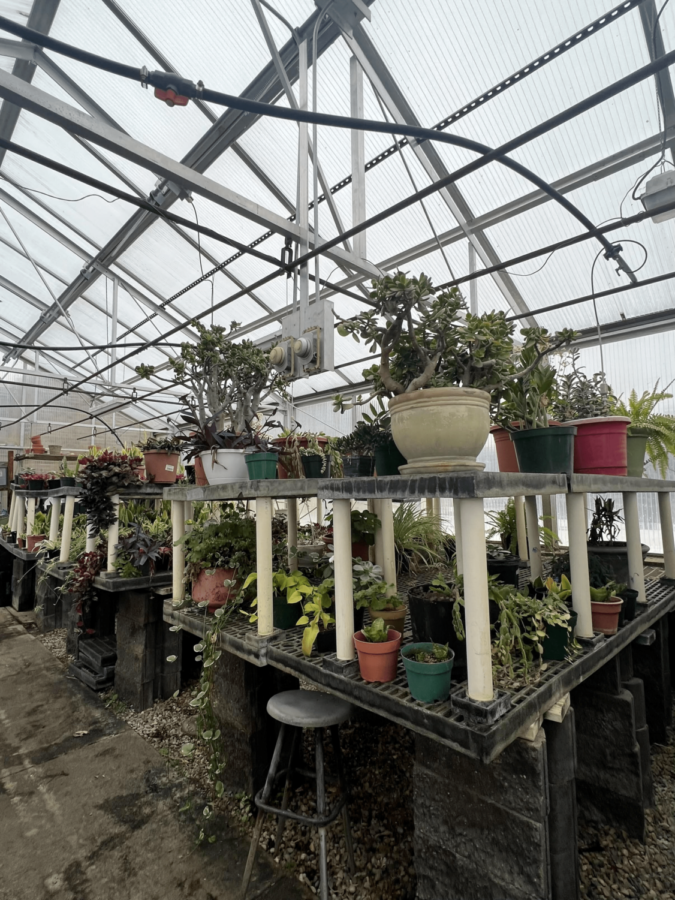







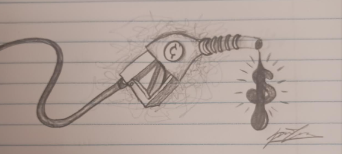
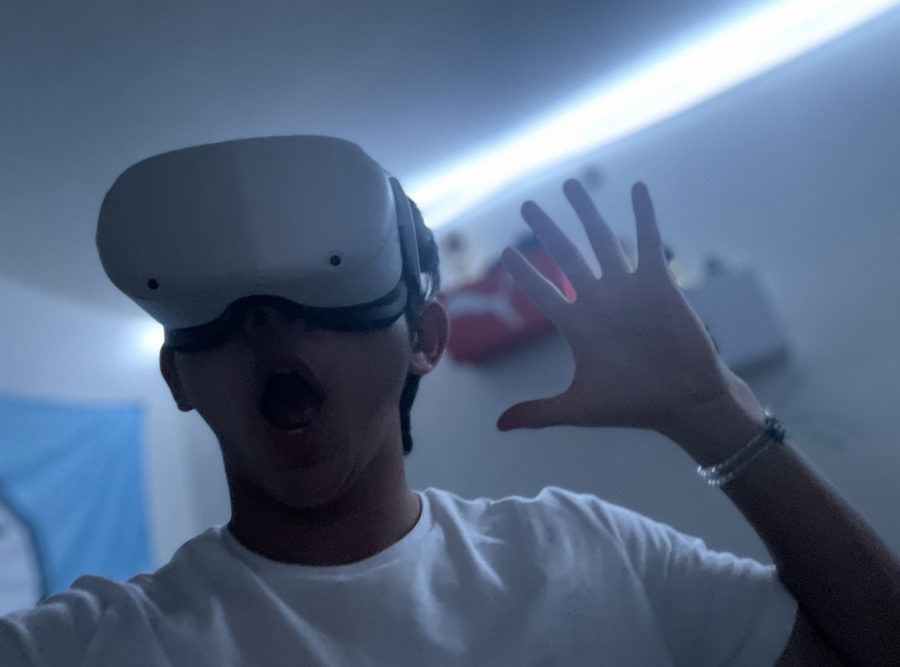






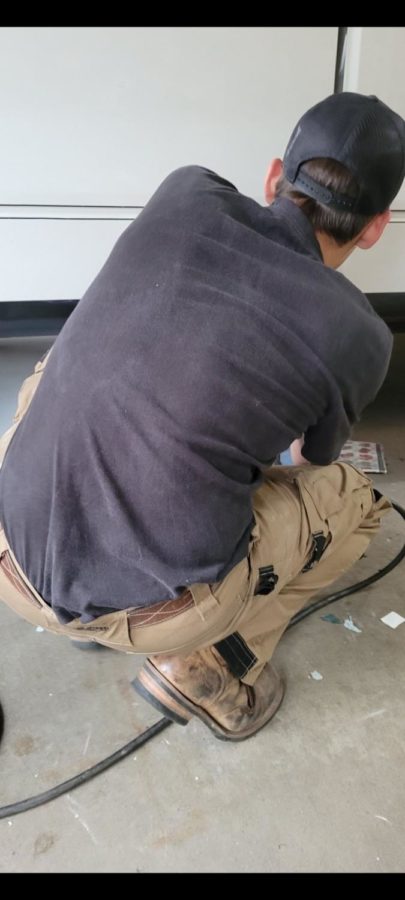

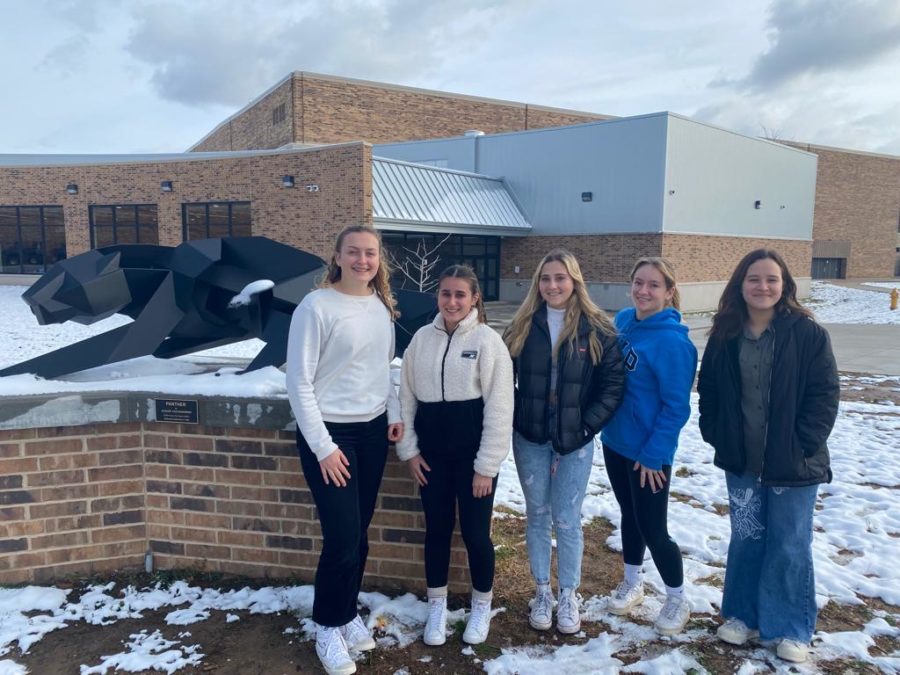
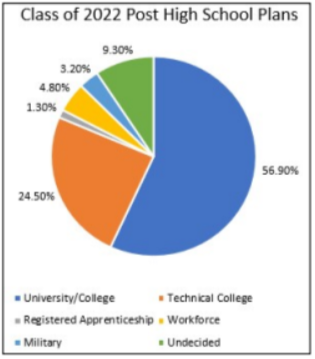




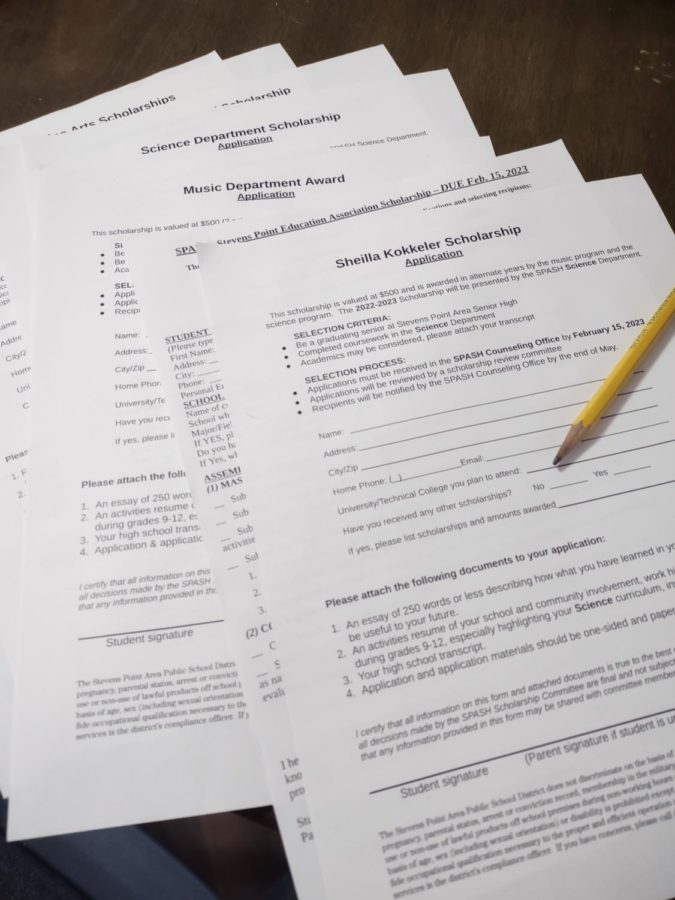

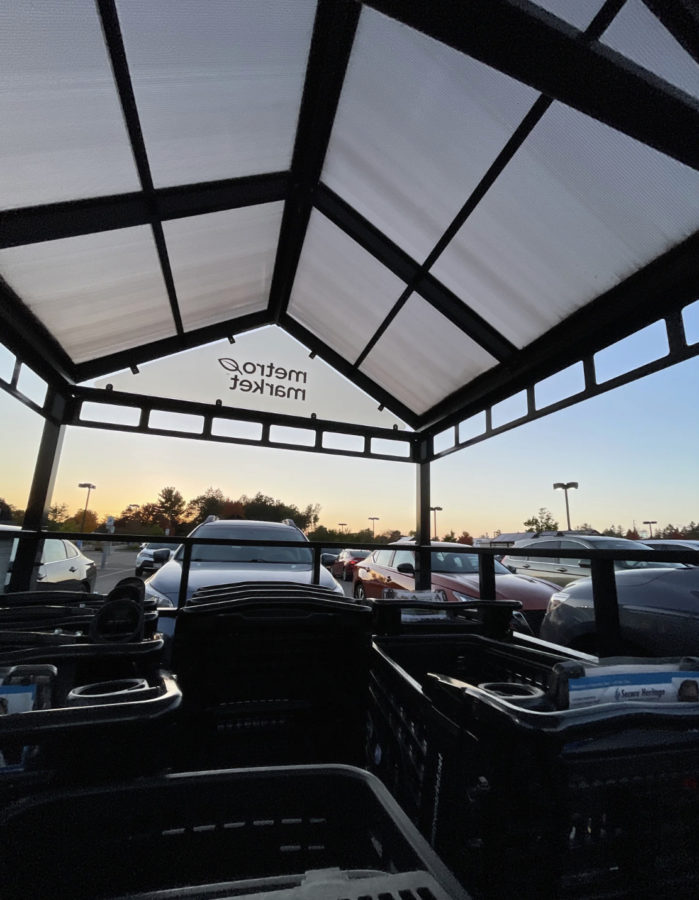


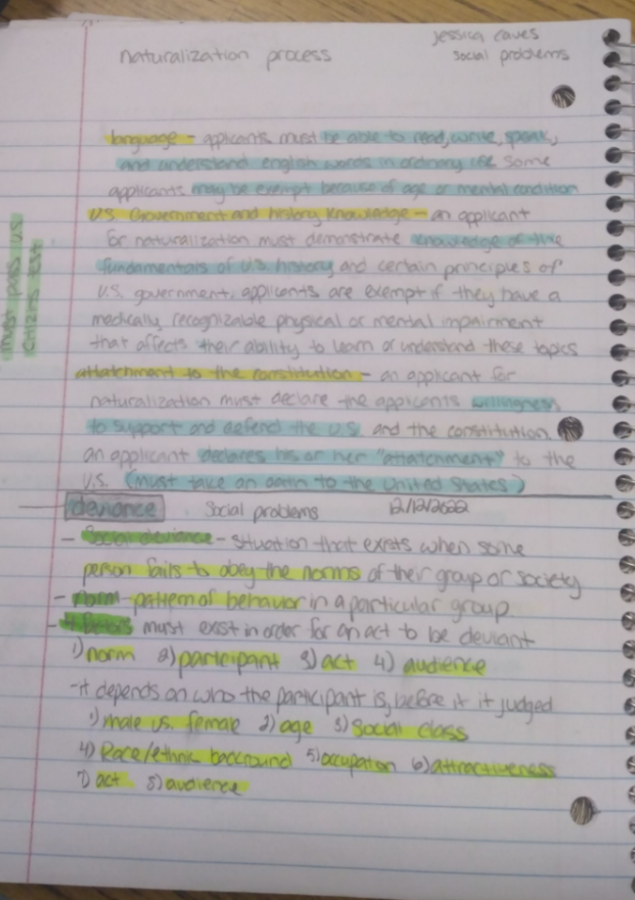


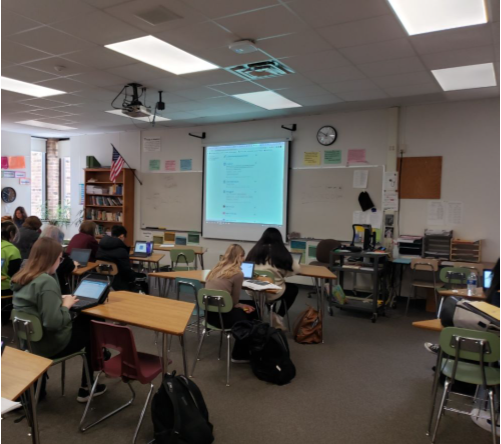
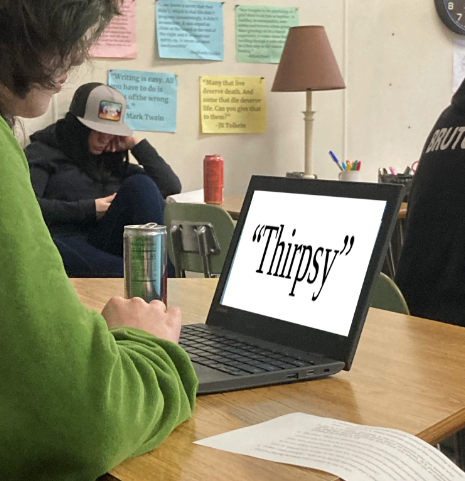





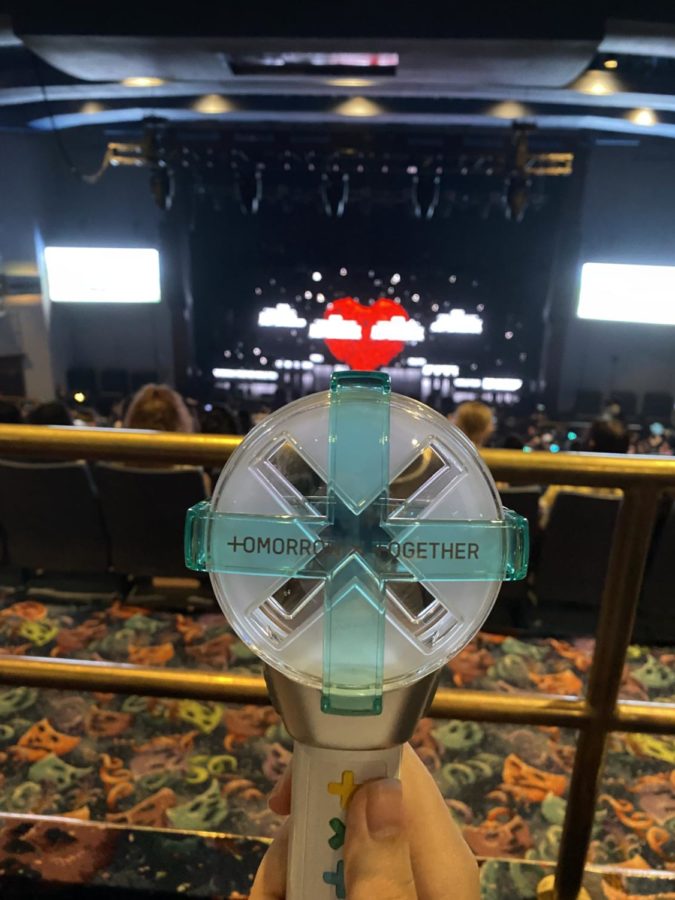

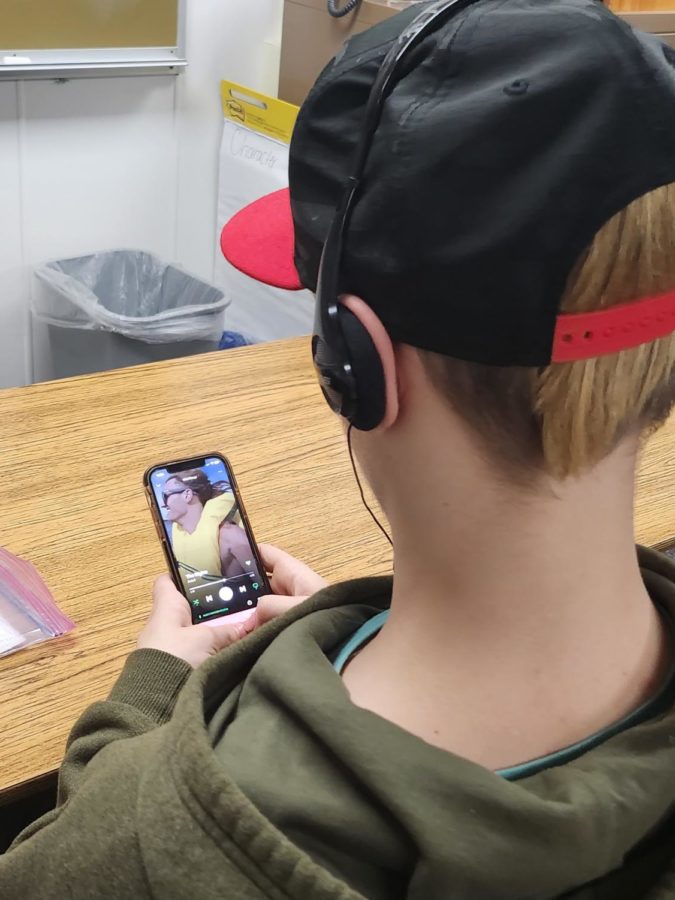







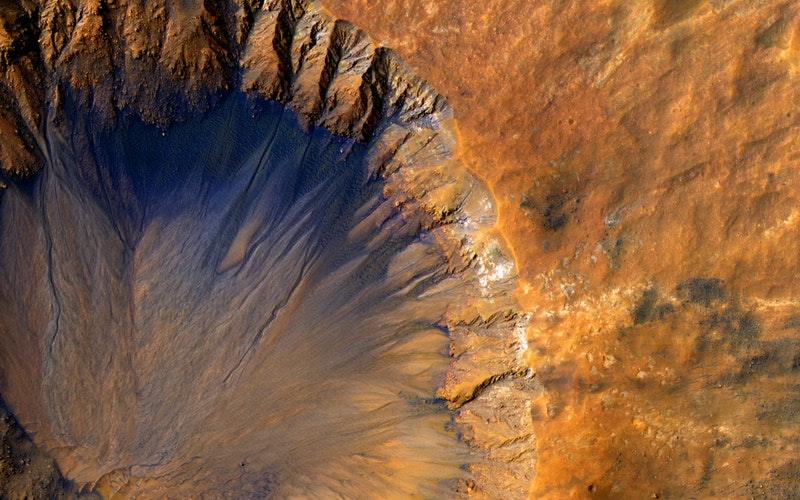



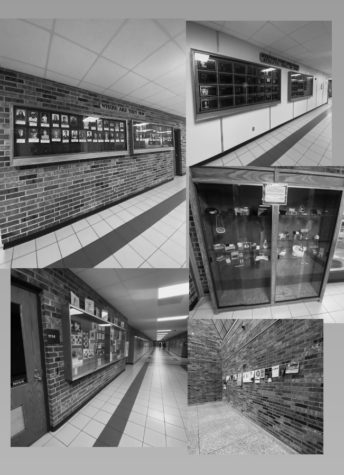

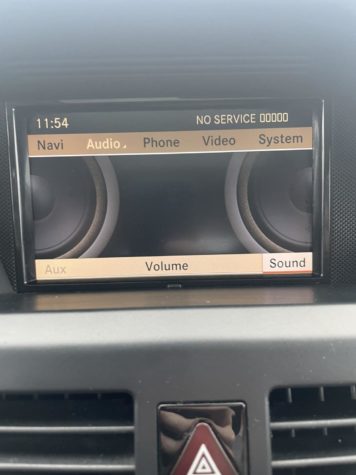
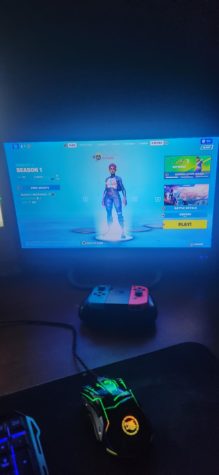


simone coli • Jan 22, 2019 at 2:30 PM
Interesting article. All the data looks good and is full of information. I think that the exploration of other worlds could help to understand better our little portion of the universe.
Liam Glennon • Jan 22, 2019 at 2:17 PM
Fantastic article! I remember watching some of the live-stream, but this fills me in on the rest.
Soren Luther • Dec 6, 2018 at 10:52 AM
This is very interesting! I love to learn about space and other planets such as Mars. Someday soon we may be able to have people land on this strange and interesting planet. Mars could become a second home for people.
Hlee • Dec 4, 2018 at 11:12 AM
I love how you wrote the introduction of the article, it was a really interesting way to start it. You have really good information and interesting facts.
Maryann Silva • Dec 4, 2018 at 8:38 AM
Great article Lauren! I can’t wait to find out about the interior of Mars! This will be something that I will keep my eyes on for a bit. Great job!
Rachel Placeway • Dec 3, 2018 at 6:49 PM
Your article had great information. However, a few quotes from students would have been nice to see what they thought about the event. Otherwise I really enjoyed reading this article.
Madison Rindahl • Dec 3, 2018 at 11:08 AM
That is so cool! Great job the information given really helped me get a good understanding of what’s going on. It is crazy that it should be there for two years! I am excited to see what data comes back from Mars.
Bryant VanRossem • Dec 3, 2018 at 11:07 AM
Cool story. wished I could of watch it from NASA’s webpage. I think they will get a base on mars in the future.
Willow • Dec 3, 2018 at 10:51 AM
Great story! I was able to get bits and pieces of the live stream from the NASA website. There was also great information.
Justice Chukwuemeka • Dec 2, 2018 at 6:40 PM
Great article. I watched the live stream a little and it was amazing. The information from Insight will help NASA a lot before sending humans to Mars.